Description
Seal of Lilith
Lilith’s seal is worn as a talisman for protection against dark spirits and evil forces and to channel the power of this female deity.
Lilith (Hebrew: לילית; lilit or lilith) is a figure from Jewish mythology, first developed in the Babylonian Talmud, who is generally thought to be related to a class of Līlīṯu female demons in Mesopotamian texts. However, Lowell K. Handy (1997) notes, “Very little information has been found regarding the Akkadian and Babylonian views of these demons. Two sources of information previously used to define Lilith are both suspect.”
The two problematic sources are the Gilgamesh appendix and Arslan Tash’s amulets. The term Lilith appears in Isaiah 34:14, singular or plural based on variations in early manuscripts, albeit in a list of animals. In the Dead Sea Scrolls Songs of the Sage, the term appears first in a list of monsters. In Hebrew magical inscriptions, on bowls and amulets from the 6th century onwards, Lilith is identified as a female demon and the first visual depictions appear.
In some versions of Jewish biblical mythology, Lilith is Adam’s first wife. She was made of clay at the same time Adam and was his equal (not made from his rib and his subordinate like Eve). He was independent disobedient. Medieval legends said that all witches stemmed from Lilith.
Lilith is now recognized as a goddess by many modern witches of her cult.
Early representations of Lilith appear to be a great winged bird goddess, a wind spirit or one associated with the Sumerian, Ninlil, goddess of wheat and wife of Enlil. As “hand of Inanna”, Lilith was known for bringing men from the streets and war fields to the temple of Inanna for holy sexual rites, in which the intention was to civilize the people. Sacred sexual mores were, in fact, considered Inanna’s greatest gift.
As Adam’s first wife, however, Lilith really got into trouble with the patriarchy. She had the audacity to want to be treated like Adam. According to Jewish mythology, the Babylonian Talmud, the Zohar and Ben Sira’s alphabet, Lilith refused to lie under Adam, and thus set the archetypal example for later feminists. God would have threatened to have decreed her had she not submitted to Adam, according to whom “a hundred of his children would die every day.” Lilith chose exile.
Tree of Life (Kabbalah)
Arab mythology
Lilith’s seal is made of stainless steel
-
The perfect accessory to make you feel powerful.
-
Made of durable and elegant stainless steel.
-
The lanyard is a great way to keep it close and safe, while the pendant can be worn as a necklace or even a bracelet.










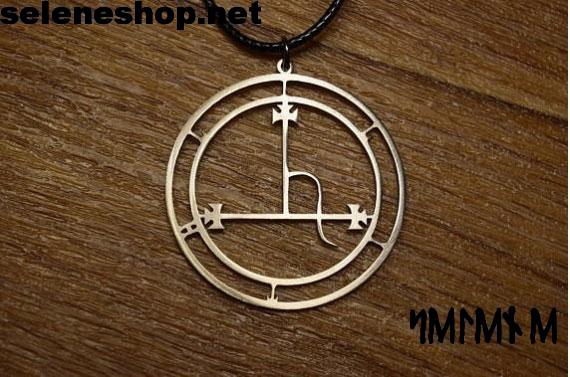

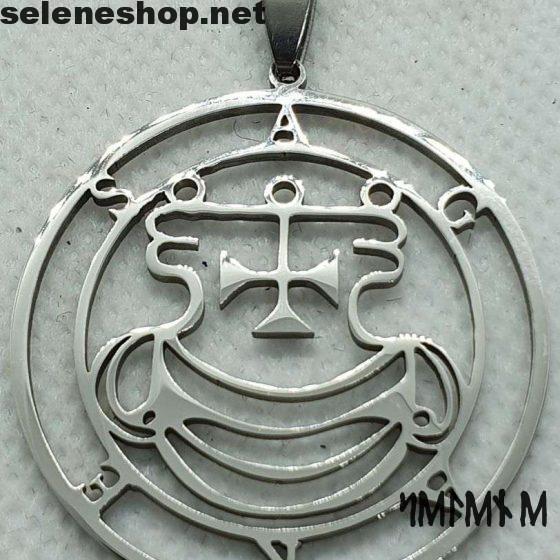








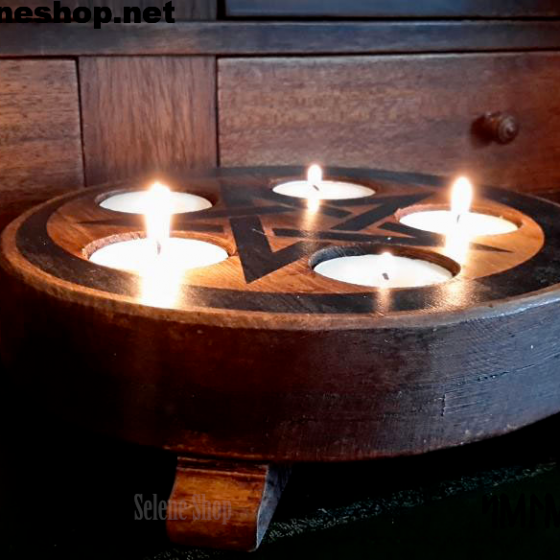

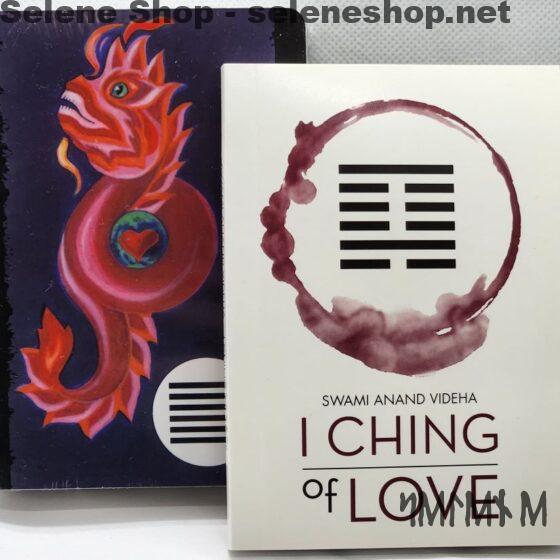


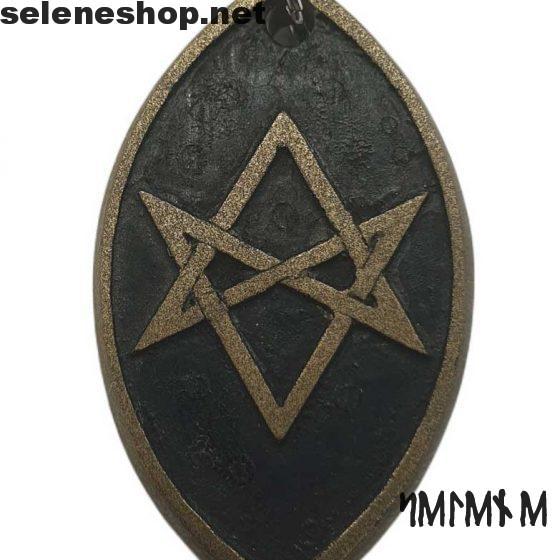

Reviews
There are no reviews yet.